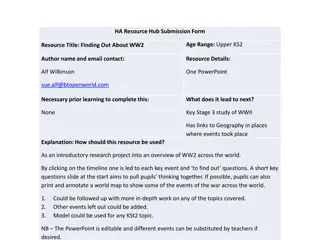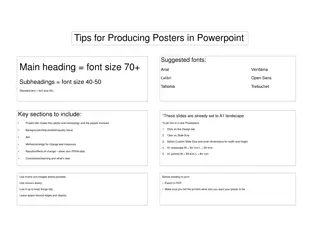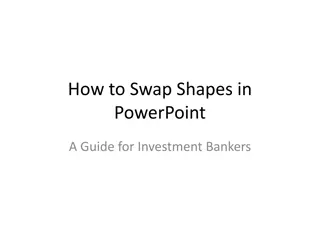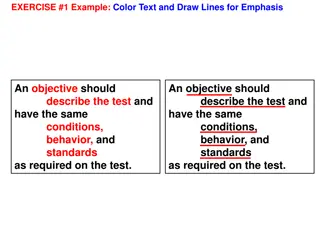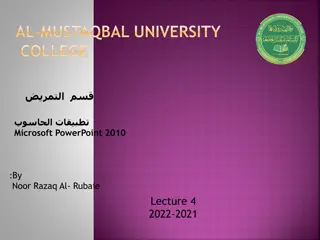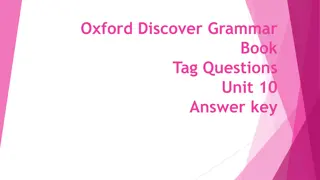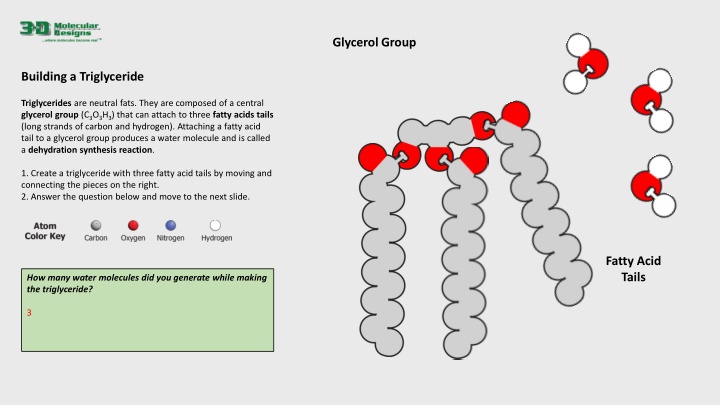
Building Triglycerides and Phospholipids: A Molecular Exploration
"Explore the molecular structures of triglycerides and phospholipids, essential components of fats and cell membranes. Understand the processes of building these molecules, their composition, and properties. Discover the differences between triglycerides and phospholipids, and their roles in biological systems."
Download Presentation

Please find below an Image/Link to download the presentation.
The content on the website is provided AS IS for your information and personal use only. It may not be sold, licensed, or shared on other websites without obtaining consent from the author. If you encounter any issues during the download, it is possible that the publisher has removed the file from their server.
You are allowed to download the files provided on this website for personal or commercial use, subject to the condition that they are used lawfully. All files are the property of their respective owners.
The content on the website is provided AS IS for your information and personal use only. It may not be sold, licensed, or shared on other websites without obtaining consent from the author.
E N D
Presentation Transcript
Glycerol Group Building a Triglyceride Triglycerides are neutral fats. They are composed of a central glycerol group (C3O3H3) that can attach to three fatty acids tails (long strands of carbon and hydrogen). Attaching a fatty acid tail to a glycerol group produces a water molecule and is called a dehydration synthesis reaction. 1. Create a triglyceride with three fatty acid tails by moving and connecting the pieces on the right. 2. Answer the question below and move to the next slide. Fatty Acid Tails How many water molecules did you generate while making the triglyceride? 3
Glycerol Group Saturated and Unsaturated Not all fatty acid tails are the same. If they are saturated with hydrogen atoms, every carbon atom will have two hydrogen atoms attached. If they are unsaturated, some carbon atoms will have only one hydrogen atom attached to them. Unsaturatedtails can be either cis or trans depending on the location of the missing hydrogen atom(s). (See diagram below.) 1. Arrange the parts on the right to create a triglyceride with three fatty acid tails: one fully saturated, one cis unsaturated and one trans unsaturated. 2. Answer the question below and move to the next slide. Which do you think contains more unsaturated triglycerides: a liquid oil or hard butter? Why? An oil, because the kinked fatty acid doesn't allow for the close packing of triglycerides found in solid fats. Fatty Acid Tail Components
Glycerol Group Building a Phospholipid Phospholipids are another key type of fat. They are the main component of the membranes that surrounds cells and organelles. Like triglycerides, phospholipids are composed of a head and a central glycerol group. Instead of three fatty acid tails, however, there are only two. 1. Arrange the pieces on the right to create a phospholipid with one head and two fatty acid tails. 2. Answer the question below and then move to the next slide. What is the difference between a phospholipid and a triglyceride? Phospholipid Head Phospholipids have two fatty acid tails and triglycerides have two fatty acid tails. Fatty Acid Tails
Hydrophobic and Hydrophilic The two main regions of a phospholipid are shown on the far right. The hydrophilic head is red and the hydrophobic tails are yellow. 1. Move the phospholipid on the right and the two labels below onto the red and yellow image. 2. Answer the question and move to the next slide. Why are the tails of the phospholipid hydrophobic? The tails are mainly carbon atoms and can't bond with water molecules. They tend to clump together.
From Phospholipids to Membranes Every phospholipid has a hydrophilic (water-loving) head, and two hydrophobic (water-fearing) fatty acid tails. (See figure below.) When many phospholipids are placed in water, they assemble into a phospholipid bilayer, often called a membrane. 1. Drag the small phospholipid pieces on the right to construct a membrane in the beaker of water. 2. Move to the next slide.
Thought Questions How many covalent bonds stabilize a membrane by joining one phospholipid to another? Zero. The membrane is stabilized by hydrophobic interactions between the fatty acid tails of adjacent phospholipids. Phospholipids come from your diet and your own cells. What do you think catalyzes the synthesis of phospholipids in your cells? Proteins/enzymes Phospholipids are called amphipathic. What do you think amphipathic means? The molecule has both hydrophobic and hydrophilic properties.



